But among the skyscrapers and hustle and bustle, Hong Kong still has many quiet temples and monasteries that bring a sense of peace and relaxation. One of them is Tsz Shan Monastery, located in the Huishan area (Taipu District, Hong Kong).

Tsz Shan Monastery has Tang Dynasty architecture.
Construction process
Tsz Shan Monastery (or Cishan Temple) is a Buddhist monastery with architectural styles of the Tang Dynasty combined with the Northern Song, Liao and Jin dynasties, sponsored by billionaire Li Ka-shing. Li Ka-shing is the richest billionaire in Hong Kong with a fortune of about 37 billion USD.
From a young age, billionaire Li Ka-shing was influenced by and closely associated with Buddhism. With the spirit of enlightenment and the desire to create a place for meditation, he built the Tsz Shan Monastery as a Buddhist academy.
The construction of the monastery, funded by the Li Ka-shing Foundation, began in 2003 and was completed more than ten years later. To date, the Foundation has contributed more than HK$3.3 billion to purchase land, build and cover Tsz Shan’s operating costs. The monastery opened to visitors in April 2015.
The Tsz Shan complex covers an area of over 5,000 square meters with a total construction cost of nearly 200 million USD. It is home to the Guanyin Bodhisattva statue, considered the second tallest in the world today, with a height of 76 meters.
Tsz Shan Monastery is isolated from the hustle and bustle of urban life, nestled against the mountains, amidst lush green forests and overlooking the sea. In particular, Tsz Shan makes maximum use of natural elements in its architecture. Many types of native and foreign trees and flowers are meticulously trimmed and neatly arranged in the monastery. Dark padauk wood, white granite, marble and copper are the main materials used to build the monastery. The buildings blend and unify with nature, creating an ideal space for meditation.
Notably, at Tsz Shan Monastery, incense, wine, meat and other offerings are not used for worship, but only water. Visitors scoop water from pre-built tanks, pour it into bowls and offer it to the Buddhas to show their respect.
Unique architecture
Tsz Shan Monastery only allows 400 visitors per day, so visitors must register in advance. From the main gate, visitors will arrive at the Maitreya Hall and the Great Buddha Hall located on the central axis of the monastery. On either side of the Maitreya Hall are the Drum Tower and the Bell Tower. The library is located to the west of the main hall, followed by a large Buddha Hall. In the center is a statue of Guanyin with six arms. The walls on both sides are engraved with calligraphy inscribed with the prayers of Samantabhadra Bodhisattva and Guanyin Bodhisattva to save sentient beings. Outside is an 8m diameter lake in the shape of two concentric circles, which looks like a mirror from afar.
The highlight of Tsz Shan Monastery is the bronze statue of Guanyin Bodhisattva, with a three-tiered lotus platform built on a 6-meter-high granite base. The statue is covered in white paint and is modeled after Song Dynasty sculptures. On Guanyin Bodhisattva’s hair bun is a small statue of Amitabha Buddha. The Bodhisattva holds a mani pearl of wisdom in her right hand, and a vase in her left. Legend has it that the pure water from the vase can wash away the evils of the mundane world.
At the foot of the statue of Bodhisattva Avalokitesvara is the Compassion Road, with 18 pine trees planted on both sides of the road. In the middle is a large bronze cauldron called the “Thousand Wishes Pond”, where tourists offer water to Bodhisattva Avalokitesvara.
Right at the foot of the Guanyin statue is a museum displaying more than 100 Buddha statues related to the history of Buddhism in Asia. Buddhism originated in India, founded by Buddha Shakyamuni in the 6th century BC. Through the Silk Road and maritime routes, Buddhism was spread to China, Nepal, Tibet, Myanmar, Korea and Japan.
Artworks spanning from Gandhara to Dunhuang, Myanmar at the museum offer visitors a glimpse into historical periods. The exquisite sculptures and pristine colors highlight the beauty and elegance of Asian Buddhist art.
The ancient statue of Buddha Shakyamuni standing in the museum has an oval face, wavy hair and a thin string tied around the bun. This is an ancient artifact, typical of the Buddha's face with a strong Greco-Roman style such as a straight high nose, relatively low eyebrows, large bright eyes slightly drooping. The Buddha wears a thick robe with typical Greek folds. With a size similar to a real person, a balanced body shape, vivid expressions and realistic details, the statue has become a masterpiece of the late Kushan Dynasty (ie Kushan Empire, existed around the 1st - 3rd century). Billionaire Li Ka-shing built the museum combining both ancient and modern artifacts with the desire to tell the story of Buddhism and its existence throughout history.
With a large space, located between the mountains and hills, separated from the hustle and bustle of the world, Tsz Shan Monastery is where you can feel the relaxation in every step. Tsz Shan is a destination that cannot be missed by tourists when coming to Hong Kong.
Source: https://hanoimoi.vn/tu-vien-tsz-shan-chon-thien-tinh-giua-nui-rung-685463.html



![[Photo] President Luong Cuong receives delegation of the Youth Committee of the Liberal Democratic Party of Japan](https://vstatic.vietnam.vn/vietnam/resource/IMAGE/2025/8/22/2632d7f5cf4f4a8e90ce5f5e1989194a)

![[Photo] Prime Minister Pham Minh Chinh chairs the conference to review the 2024-2025 school year and deploy tasks for the 2025-2026 school year.](https://vstatic.vietnam.vn/vietnam/resource/IMAGE/2025/8/22/2ca5ed79ce6a46a1ac7706a42cefafae)

![[Photo] President Luong Cuong attends special political-artistic television show "Golden Opportunity"](https://vstatic.vietnam.vn/vietnam/resource/IMAGE/2025/8/22/44ca13c28fa7476796f9aa3618ff74c4)





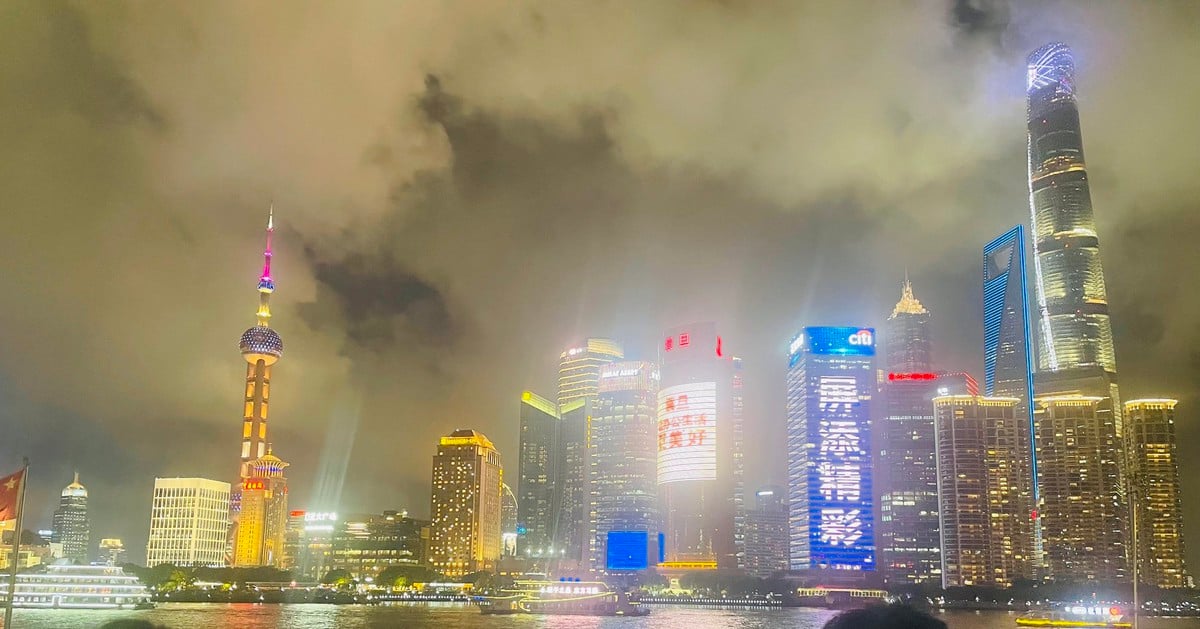


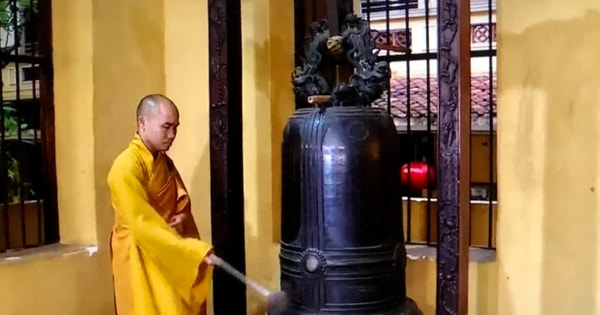
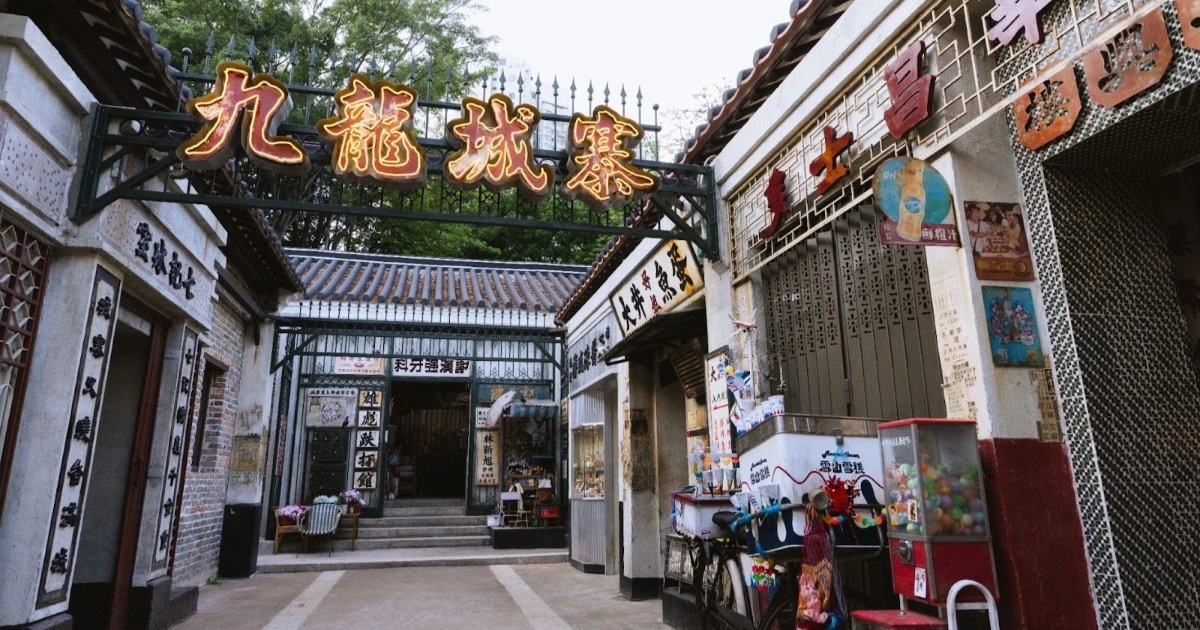



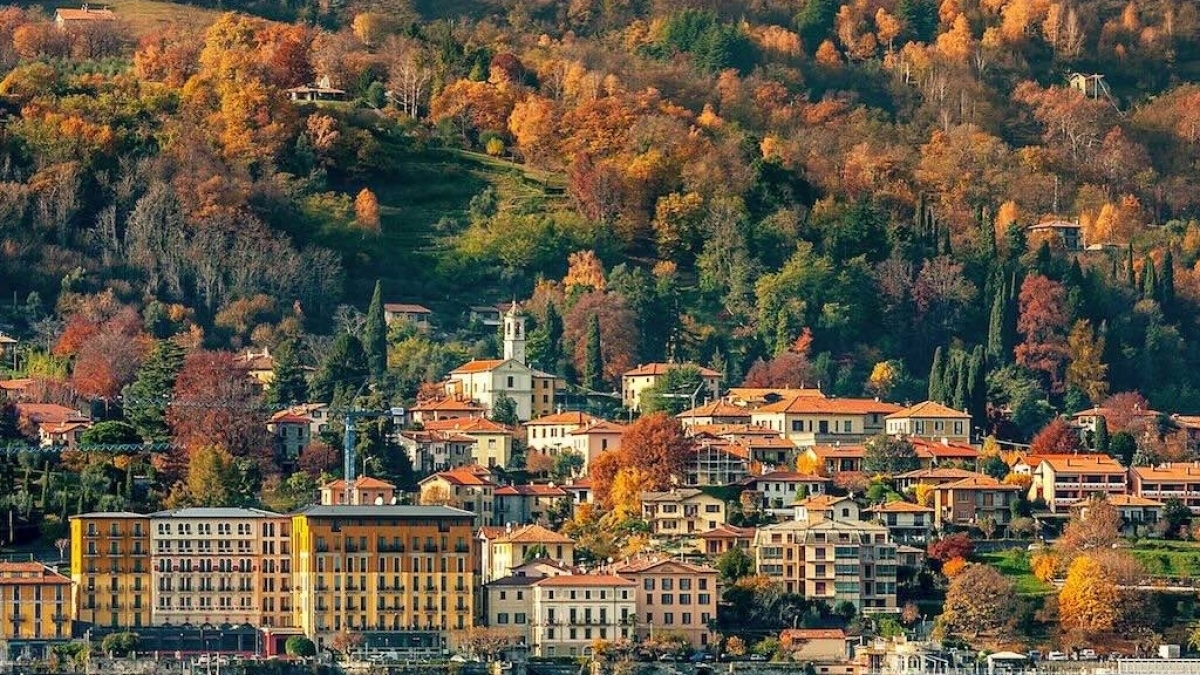

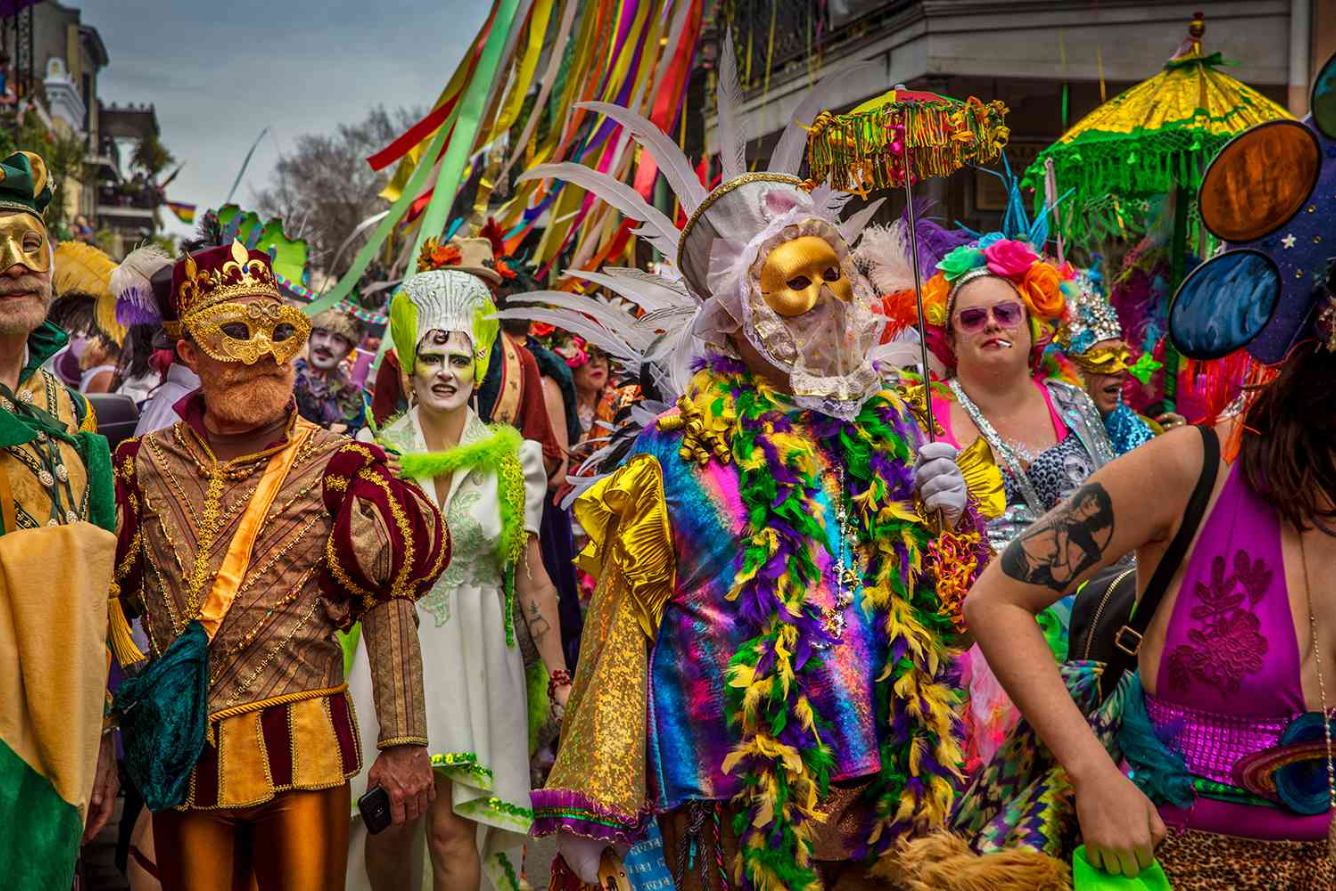
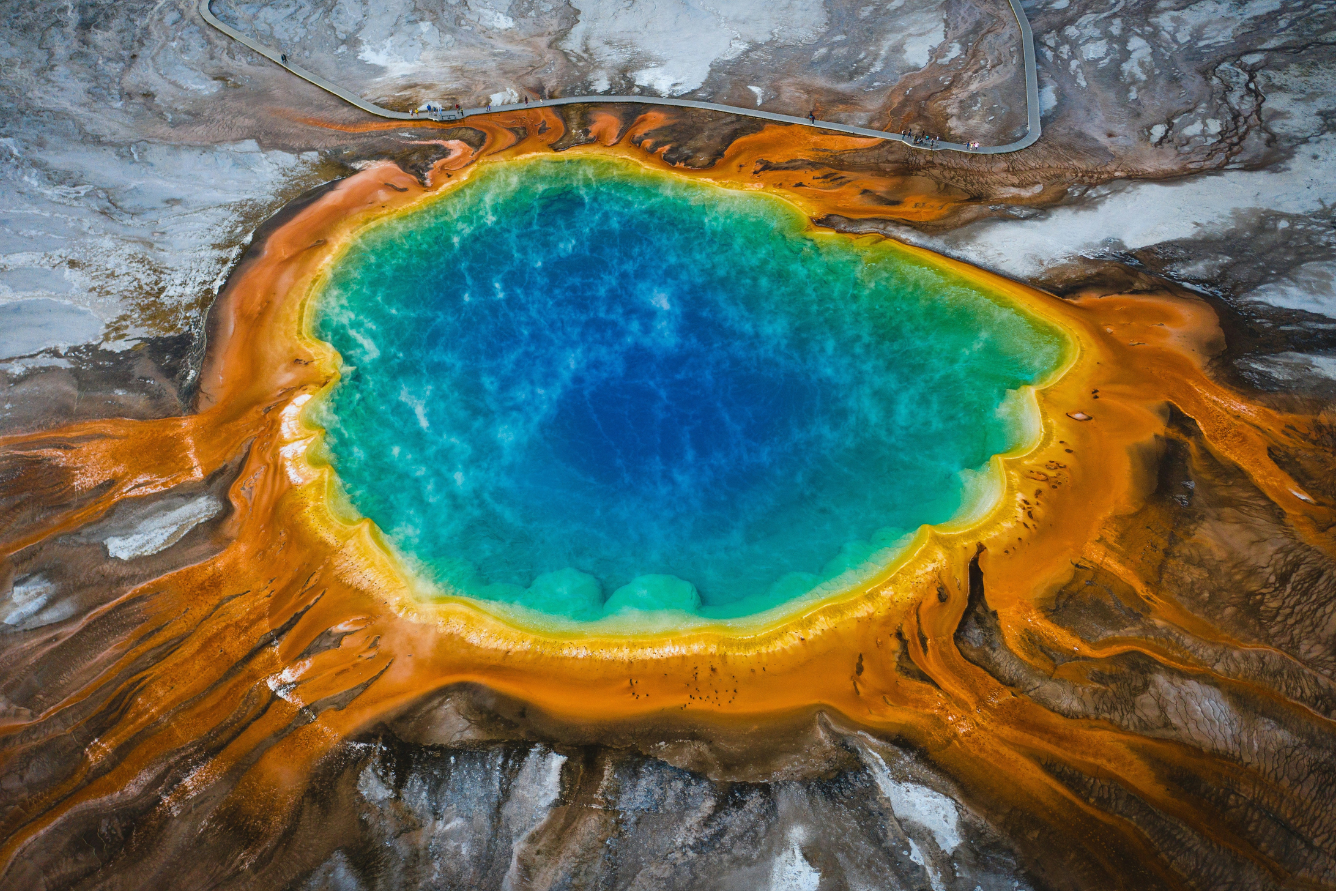
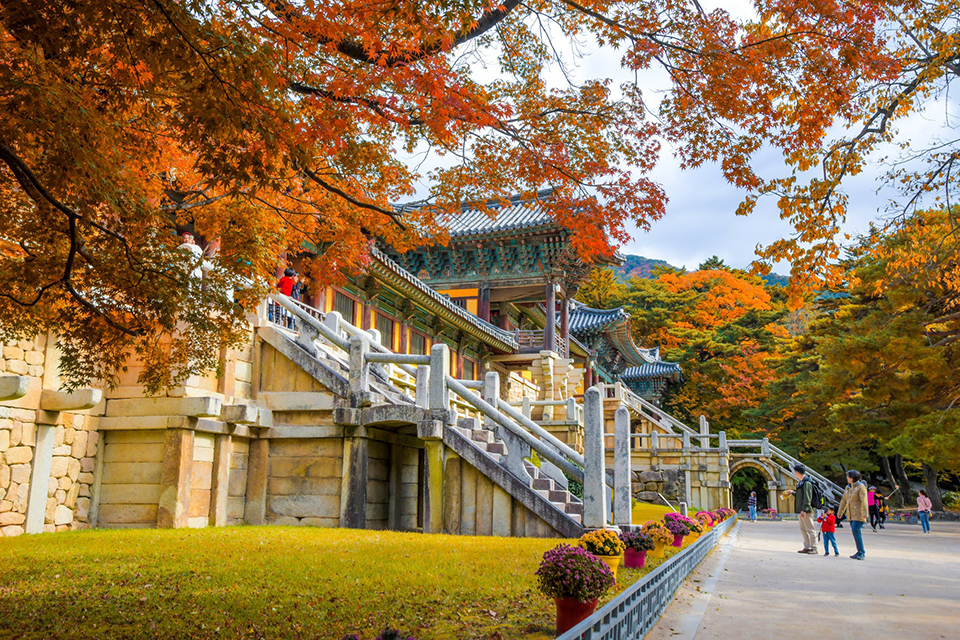



































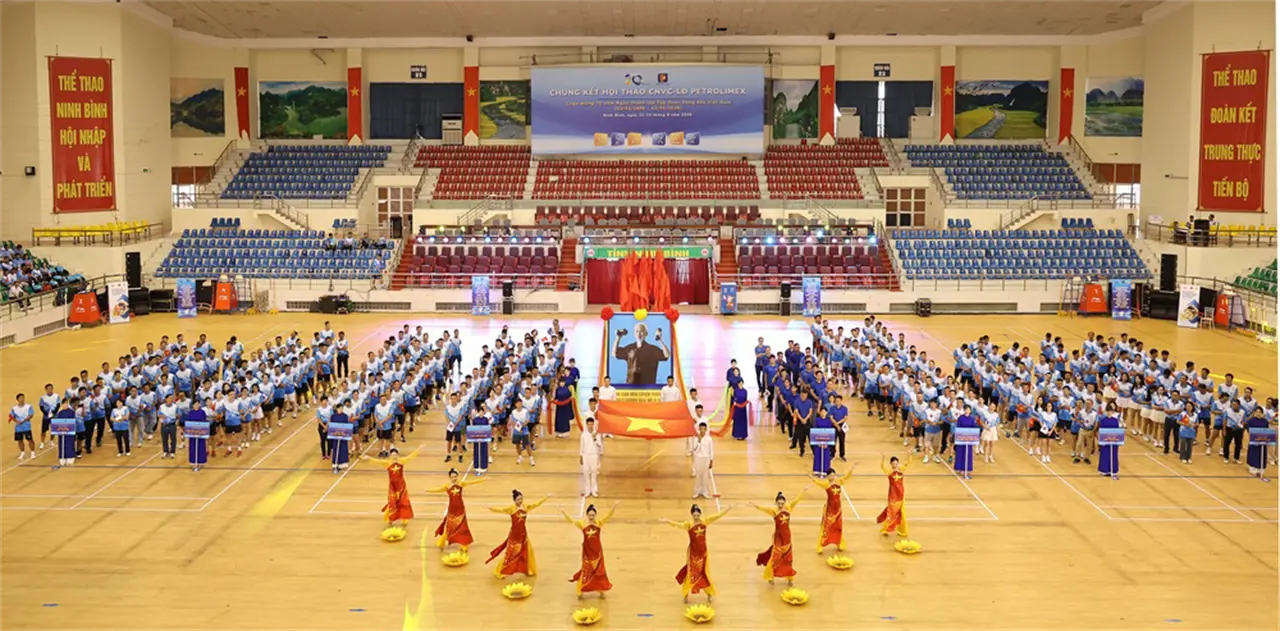










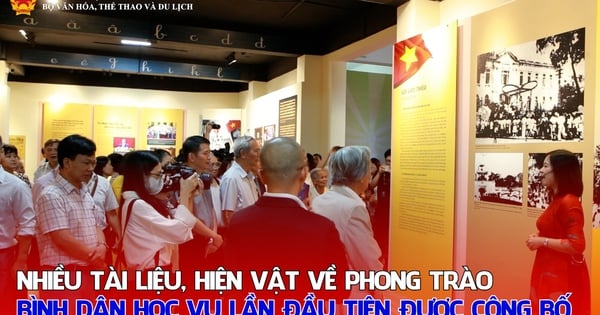


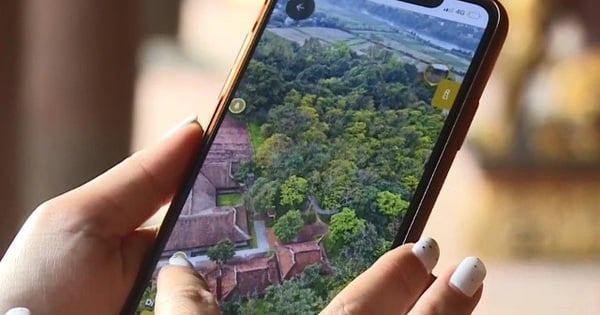






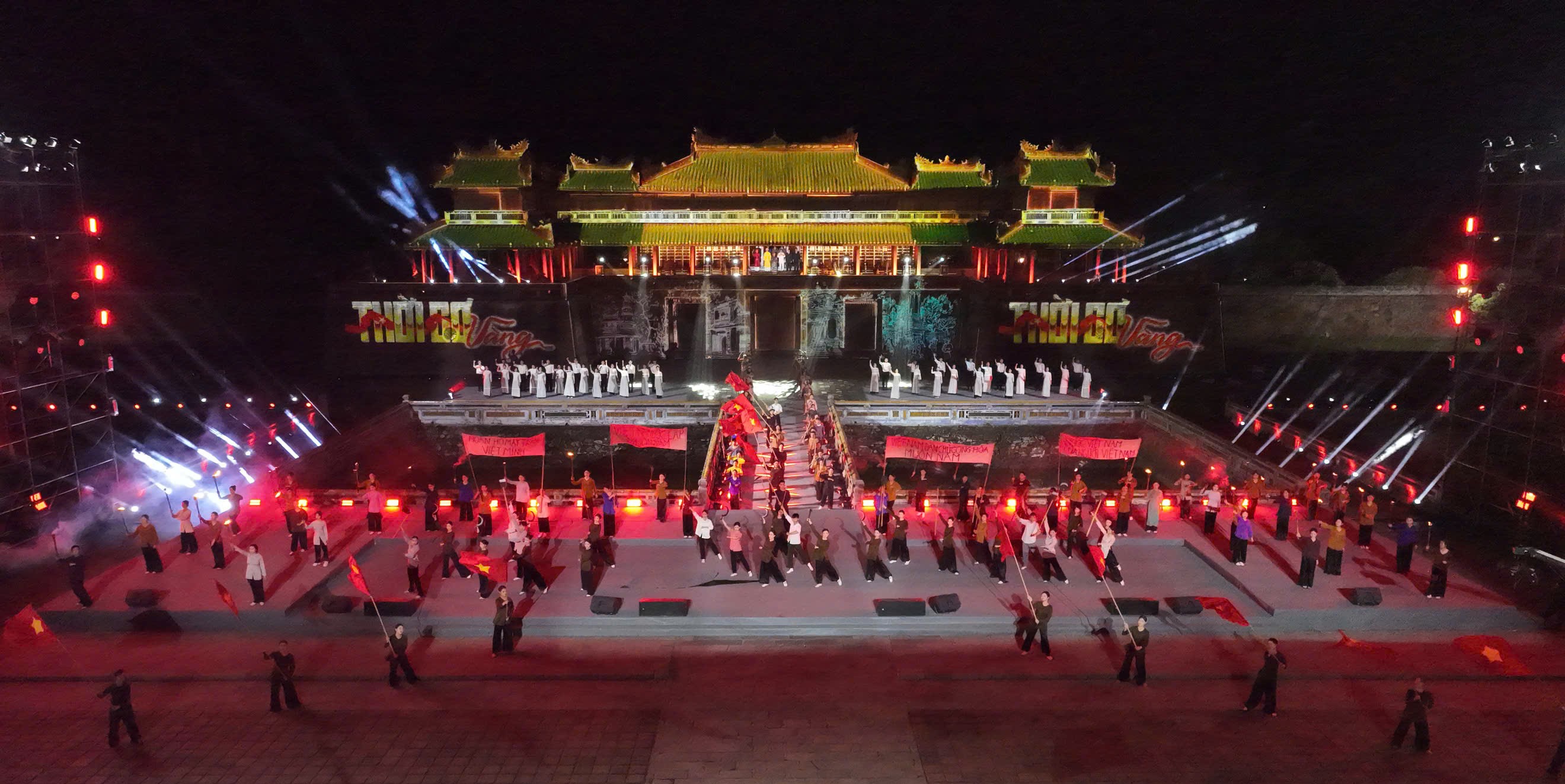


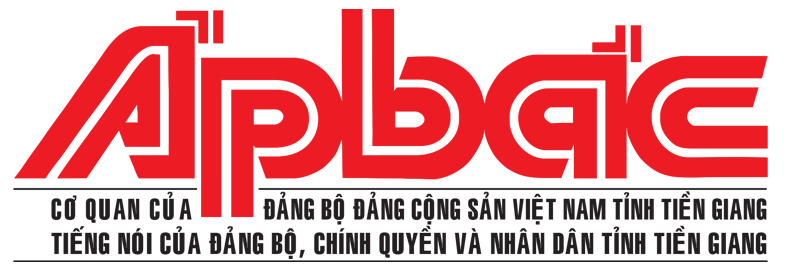
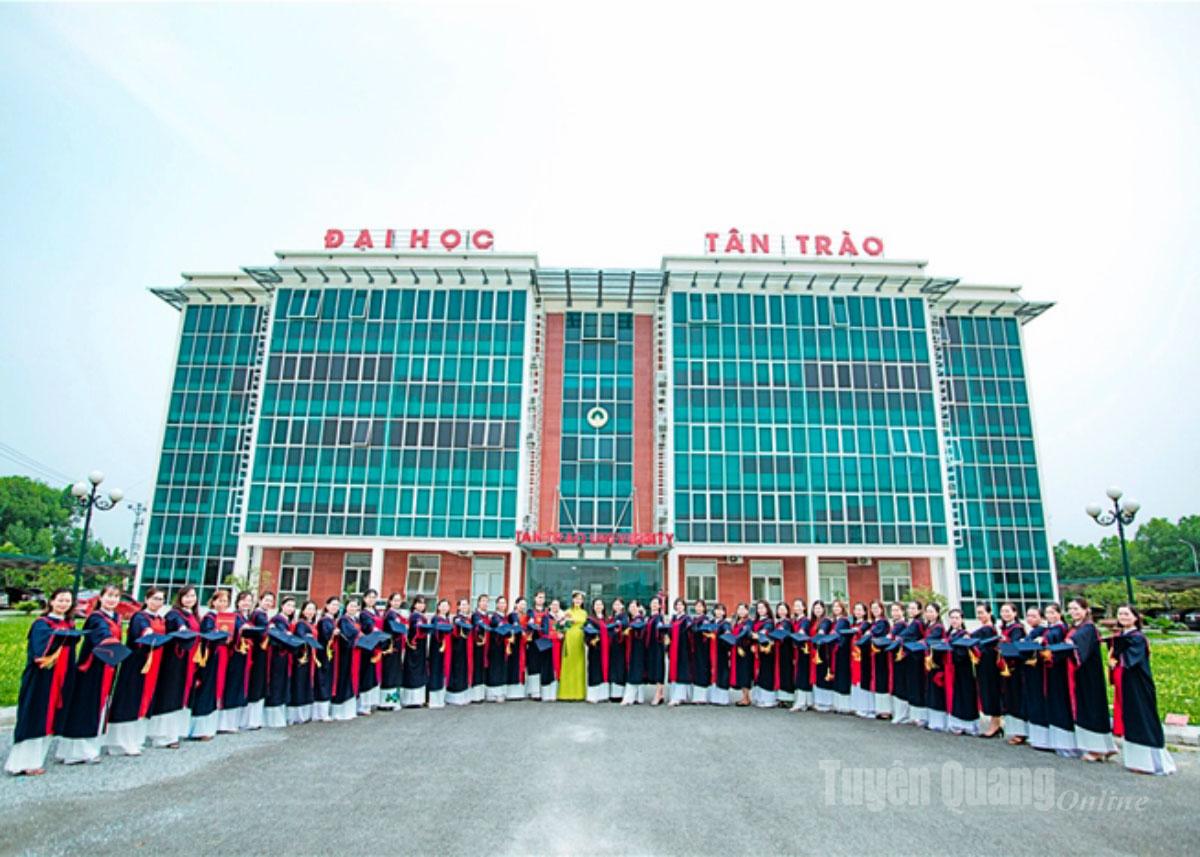















Comment (0)